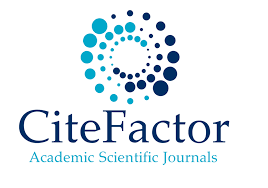FLOODING AND LANDSLIDE POTENTIAL MAPPING OF PUBLIC HOUSING AFTER LANDUSED CHANGE
DOI:
https://doi.org/10.62603/konteks.v1i2.33Keywords:
disaster, potential, map, landslide, floodAbstract
Semarang City, the capital of Central Java Province, is divided into three parts based on its topography:
hills, lowlands, and coastal areas. As a result, the city is at risk of natural disasters. According to BNPB
data from 2014 to 2023, Semarang City has the second-highest disaster history in Central Java Province,
with 741 disaster events recorded. Floods and landslides are the most common disasters in the area.
Permata Jangli Housing is located in the hills, where changes in land use have transformed the
surrounding forest into road infrastructure. An analysis of hydrological data and soil characteristics at
the site indicates that these changes have led to increased surface flow, resulting in an increased flood
discharge. This is one of the reasons for the high potential for disaster. Therefore, it is essential to map
the disaster potential in Permata Jangli Housing. Factors such as land use, rainfall intensity, soil texture,
slope, and soil elevation affect flooding disasters, while rainfall intensity, slope, soil texture, and land
use affect landslides. To assess and map the potential for disasters, we used overlay techniques with the
QGIS application. Our findings indicate that Permata Jangli Residential area has a moderate potential
for flooding, covering 68% of the area or 1.1 ha, and a high potential of 32% or 0.5 ha. In contrast, the
potential for landslides in Permata Jangli is medium, covering 74% or 1.2 ha of the area, and high
potential of 26% or 0.4 ha. In conclusion, our study emphasizes the importance of mapping disaster
potential in areas with a history of natural disasters. By doing so, we can take preventive measures and
mitigate the impact of disasters in the future.















